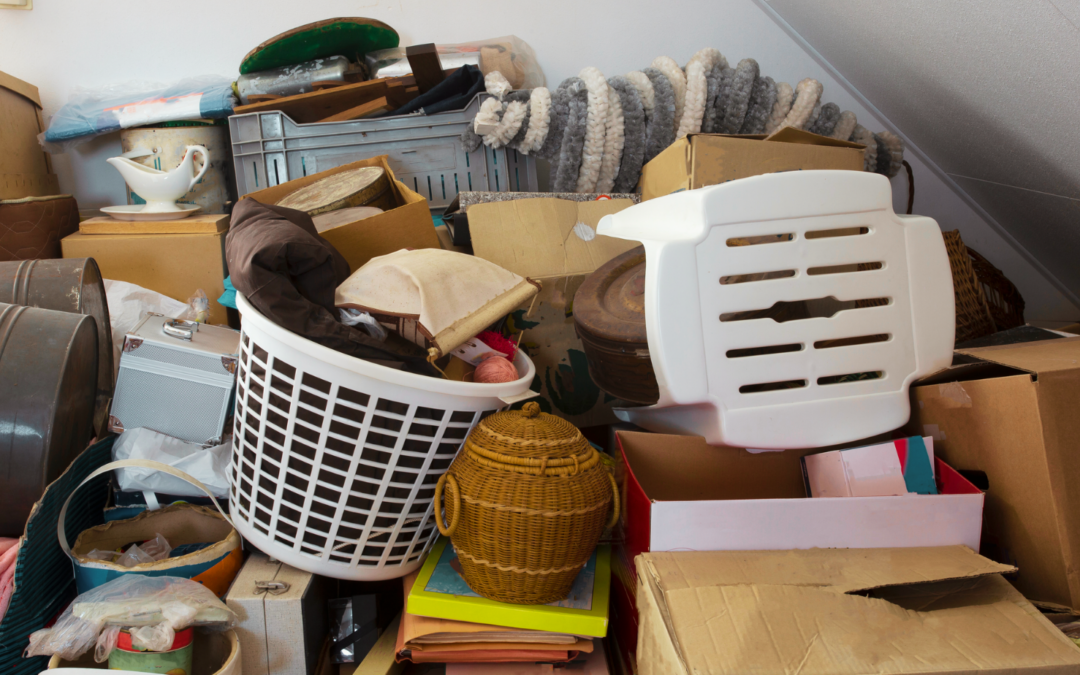Hoarding is not just a big mess, it’s an even bigger risk to a multifamily community.
We think we have a hoarder. What do we do?
If you think you have a hoarder living in your multifamily community – you should do what you can to address the situation. Hoarding is not just a big mess, it’s an even bigger risk, especially in a multi-family dwelling, like an apartment building or a condominium building.
Hoarding will often create an unsafe living environment and will present a variety of safety challenges. Some of these include:
- Contents piled high and wide may block vents, so proper air flow is a concern. This can lead to an environment that encourages microbial growth.
- Contents in the home blocking vents may impact heat to the unit in the winter months, and electric heaters become the norm, or there is a risk for frozen pipes – both of which can create other safety concerns.
- The sheer number of contents in the home are often a fire safety concern alone – not only will a fire spread very quickly, but safely escaping the residence will be a challenge.
- Hoarding is also known to create or lead to unsanitary conditions, with trash piling up and rodents or insects potentially present.
If you suspect you have a hoarder living in your community, you will want to address it before the risks lead to a property disaster. When dealing with someone who suffers from hoarding disorder, it is best to lead with empathy. Some tips for how to start and continue a discussion on a solution include:
- Connect with the individual – lead with empathy and place yourself in their shoes
- Seek professional help – there are specialists who specialize in hoarding disorders. Look for a specialist, versus a general therapist.
- Continue to talk with the hoarder about the situation – this will build motivation for change.
- Talk about safety – highlight safety issues first before items are removed, so the intent to create a safe living environment remains the focus.
- Agree that the items are important – they have an emotional connection to the hoarder.
- Keep as much confidential as possible – make sure they understand that is your approach
- Promote donation – let them know their things will go to someone who needs them.
- BE PATIENT – this process will happen in steps, and the hoarder will need to realize the importance of those steps first.
(source: clutterhoardingcleanup.com – Hoarding Intervention Tips | Address Our Mess (clutterhoardingcleanup.com))
While hoarding is classified as a mental health disorder – the resources available to support and provide relief for someone who is a hoarder, are not as easy to classify or define. Usually, resources will vary by state, and even by city and county.
Hoarding is a condition that can be treated, but will likely require intervention, possibly from a mental health specialist. Check with your local authorities – such as police, public health, fire department or protective services – to understand the resources available in your area if you need assistance with a hoarder living in your community.

